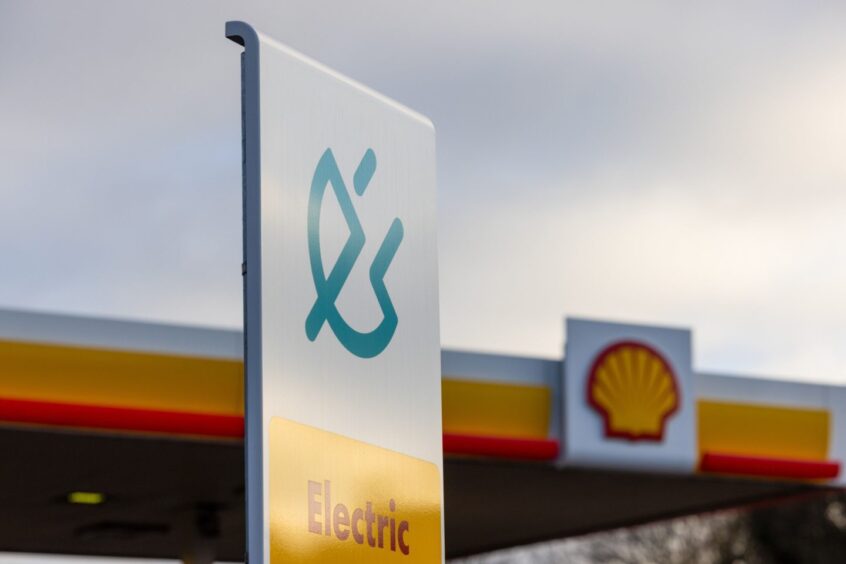
Shell (LON: SHEL) plans to divest 500 retail sites annually over the next two years, responding to a growing demand for electric vehicle chargers.
“We are upgrading our retail network, with expanded electric vehicle charging and convenience offers, in response to changing customer needs,” Shell said in its latest energy transition strategy. “In total, we plan to divest around 500 Shell-owned sites (including joint ventures) a year in 2024 and 2025.”
The London-based major said it would focus on public chargers — increasing those to 200,000 by the end of the decade compared to 54,000 currently — because customers need them more than home charging. The company will roll out these in China — where it operates more than half its current recharging stations — and Europe where demand is fast growing.
As the EV charging business grows, Shell expects an internal rate of return of 12% or higher. The company didn’t give details on which retail sites it would divest. Huibert Vigeveno, who heads Shell’s downstream, renewables and energy solutions business said last June that taking 500 sites per year was equivalent to around 4% of Shell-operated sites
Last week, Shell updated its energy transition strategy, weakening its carbon-emissions reduction targets for the coming decade, while sticking to its net-zero commitment for 2050. The company also introduced a new target to reduce customer emissions from the use of its oil products by 15% to 20% by 2030, compared with 2021 levels.
Most of the oil products the firm sells are used in the transport sector. The company estimates that as much as 20% of these are used for non-energy items such as lubricants and chemicals which do not cause customer emissions as they are not combusted.
Recommended for you
